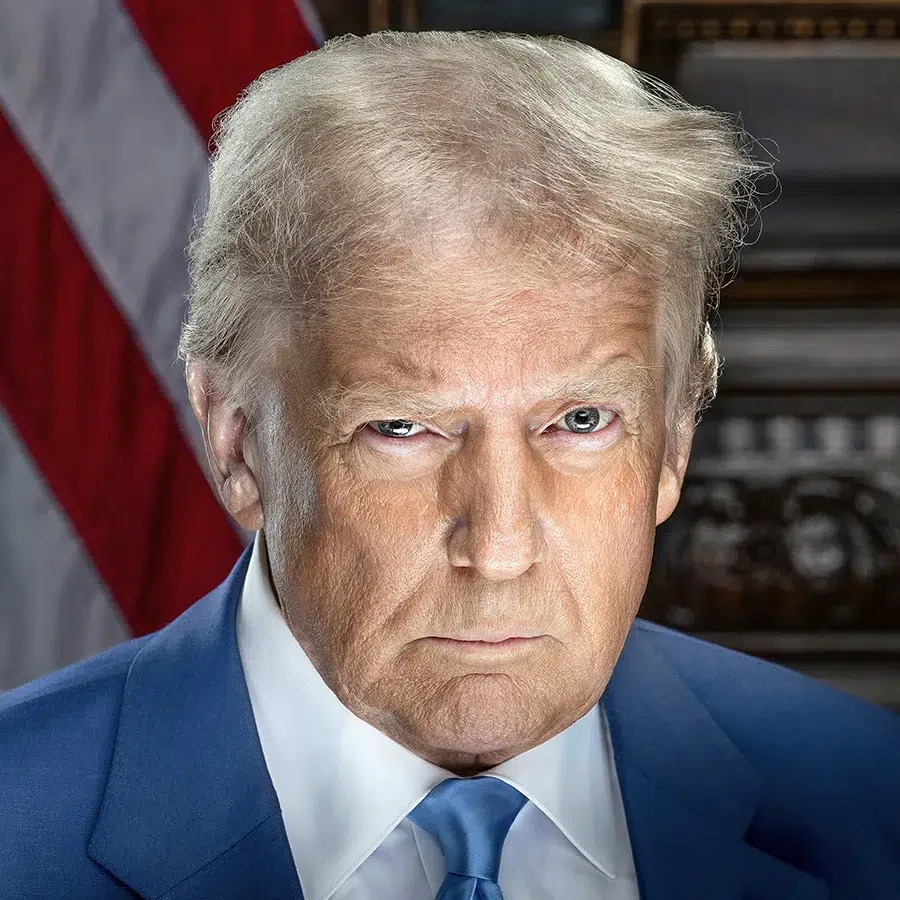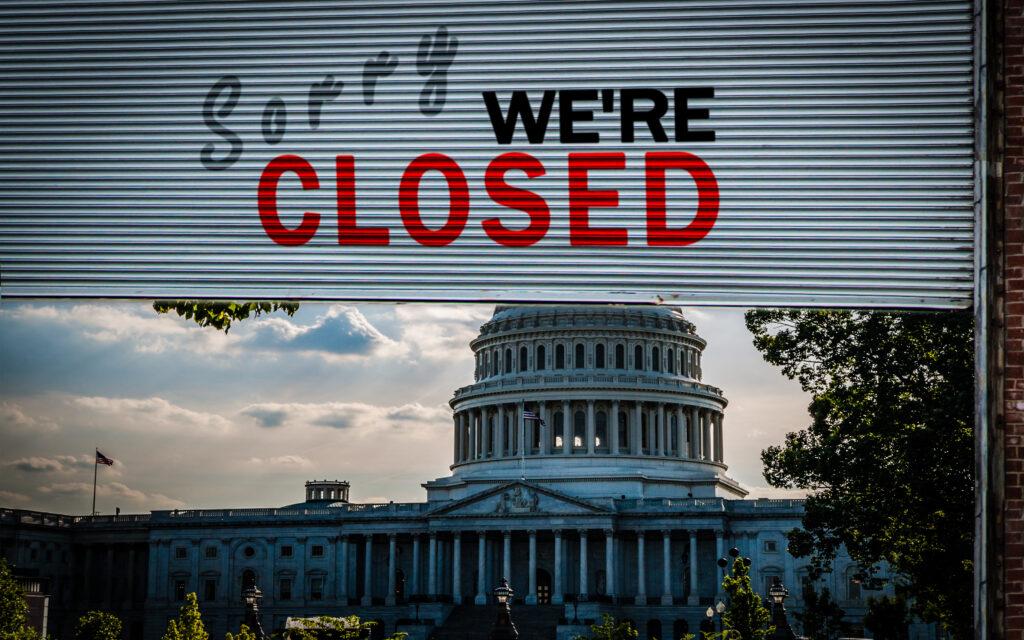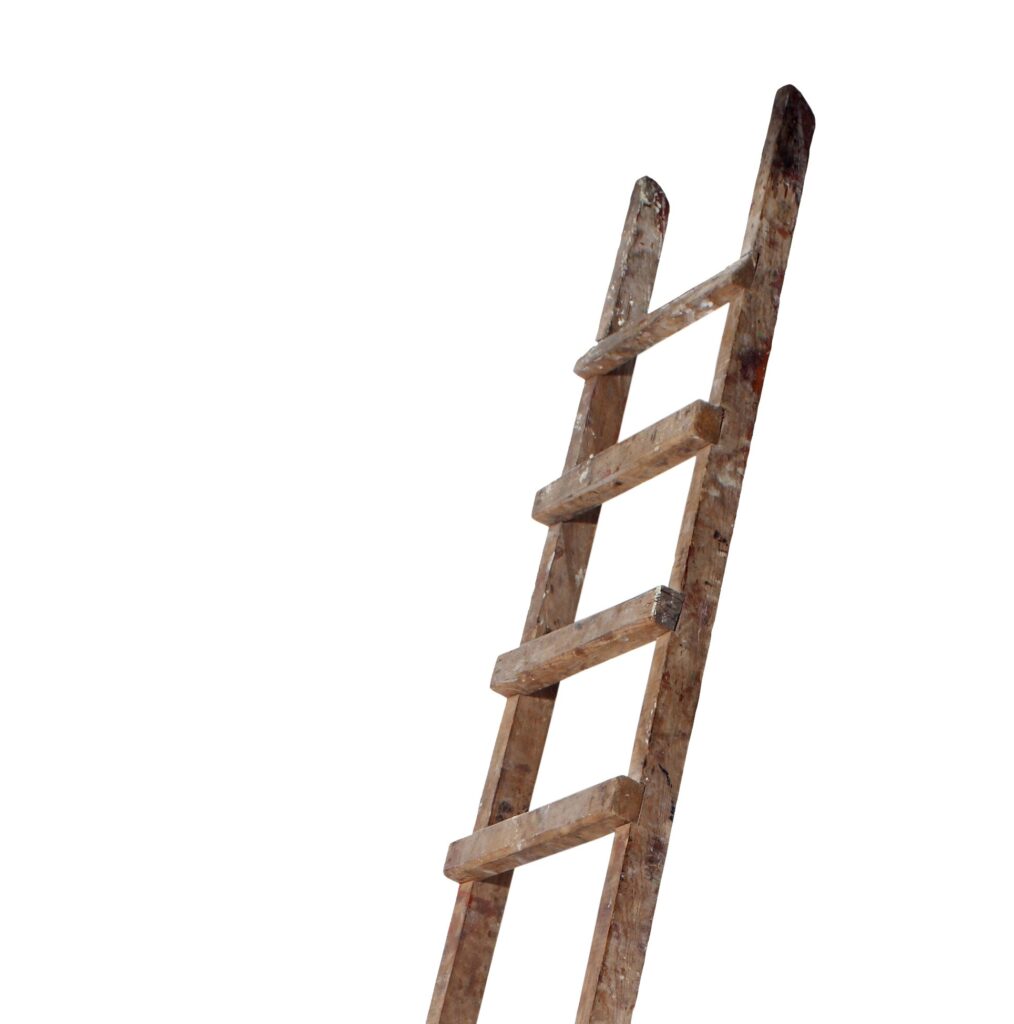Aphorism.
An aphorism is a short, pithy, or iconic statement. It may be deliberately confusing or the result of someone not thinking through what is being said. Some aphorisms are excellent examples of leadership styles that have not been presented in any academic journal or MBA classroom.
Leadership Styles.
I will not even attempt to cover all of the leadership styles I have heard over the years in the academic and business communities. Some say there are four styles, and some say there are ten styles. A Harvard site says there are six styles. They are:
Coercive leadership style, which entails demanding immediate compliance.
Authoritative leadership style, which is about mobilizing people toward a vision.
Pacesetting leadership style, which involves expecting excellence and self-direction.
Affiliative leadership style, which centers around building emotional bonds.
Democratic leadership style, which involves creating consensus.
Coaching leadership style, which focuses on developing people for the future.
A New Style.
I don't know which of these styles suits President Trump; his style probably contains parts of all of these at different times during the day. So, I feel compelled to come up with a specific style for the president that is more succinct, i.e., to develop a Donald Trump iconic style. I believe the president adheres to a combination of a three-style approach I have developed called the CBI style or the communication, the bridge, and the illogical mathematical style. (As happens in most of my political blogs, I have to make a disclaimer. For the pro-Trumpers, this is not critical of President Trump. For the anti-Trumpers, this blog does not praise him, do not gloat.)
In order to properly present President Trump's leadership approach, we must examine Bill Peterson's sayings (aphorisms). Peterson coached at Florida State University and in the pros. One of his early assistant coaches was Bobby Bowden. He produced thirteen college all-Americans and had a unique style. He was noted for his "Yoga Berra-esque" sayings.
Communication Style.
Let's examine three of Coach Peterson's quotes that define President Trump's style. They are taken from a book by Jim Crosby titled You Can't Become a Football Overnight; the title is itself a Peterson-ism. I am fortunate to have a signed copy of the book.
Coach Peterson said, "That verbal commitment ain't worth the paper it's written on." Having watched the president make pronouncements, I think the saying fits him perfectly. He tends to say things that, even if written down, are intended as trial balloons: dictum, not law. His comments are, at times, equivalent to lobbing rocks at a plexiglass house in hopes he makes a crack in the plexiglass. (Occasionally, the rock bounces back.)
What is important is that this style seems to work very well for him. It has already made some countries acquiesce to his requests. He backed off of some of his tariff pronouncements for Mexico and Canada, but only after they appeared to blink first—I think they blinked first. He is also getting countries to take back their criminals who entered the United States illegally. It is not clear if he got all he wanted out of any of these negotiations, but it appears the technique works.
The premier of Canada has admitted that President Trump was serious about making Canada a state. When caught on a hot mic, he said that Trump wanting Canada to be the 51st state was the "real thing." A legislator in Denmark made an unflattering comment when the president said he wanted Greenland. The legislator said Greenland was not for sale. (I will forego saying what Trump was told he could do.) Both of these concepts were definitely examples of rock-throwing. These actions do not mean he was right or wrong, but he certainly was looking to stir up controversy.
Bridge Style.
The second part of President Trump's style relates to bridges. One of the challenges when you have the president's approach is that you cannot afford to put yourself into a box canyon. It is difficult when you have no way to retreat. In the spirit of this concept, Coach Peterson said, "Don't burn your bridges at both ends." The president needs to be commended for the fact that after he has thrown out an idea, he only sets one side of a bridge on fire. He nearly always has an escape plan. When you are as forceful as he is, there is no doubt you need a way to retreat. What is interesting about the president is that when he retreats, he does not call it a retreat.
When I was a tank commander in the army, we often discussed tactics. The leadership told us that if they assigned us to Germany, our mission would be to slow down the Russian military if it invaded NATO. How were we to slow down the Russians? Simple. We were to institute a retrograde movement.
I asked about the difference between a retrograde movement and a retreat; a second lieutenant should never ask questions. The captain told us a retrograde movement was a deliberate backward movement when the enemy was coming. It seemed like a retreat to me, just maybe a little more orderly until the enemy got close.
Trump can make a retrograde movement look like a victory. Or, at the very worst, he makes it look like a compromise. He does this in part by ignoring the outcome his comments may produce.
Illogical Mathematical Style.
Finally, President Trump does not worry about the numbers. Coach Peterson said to one of his teams:
Men we've been invited to play in the Sun Bowl in El Paso, Texas on Christmas Eve. Now we can go to the bowl game or we can go on home for the Christmas holidays.
It's reported in Jim Crosby's book that the team voted. No more than five players wanted to go to the bowl. To this vote outcome, the coach said, "Okay. It's unanimous. We're going to the Sun Bowl."
This leadership style caused the president to run again in 2024. In his mind, it was unanimous that the country wanted him to run. It certainly was not unanimous, but he won when most pundits, even the conservative ones, said he had no chance. He has his version of mathematical probabilities. He makes his own.
For Or Against The President.
In summary, you may like or dislike President Trump's goals and style; I am not taking a side. However, he accomplishes many of his objectives by using a CBI style with three distinct legs, and success is the goal of any confident leader.
One final thought as you read my blogs. You "can read a lot by learning."
If you have not read the blog that describes the "However View," click here.






